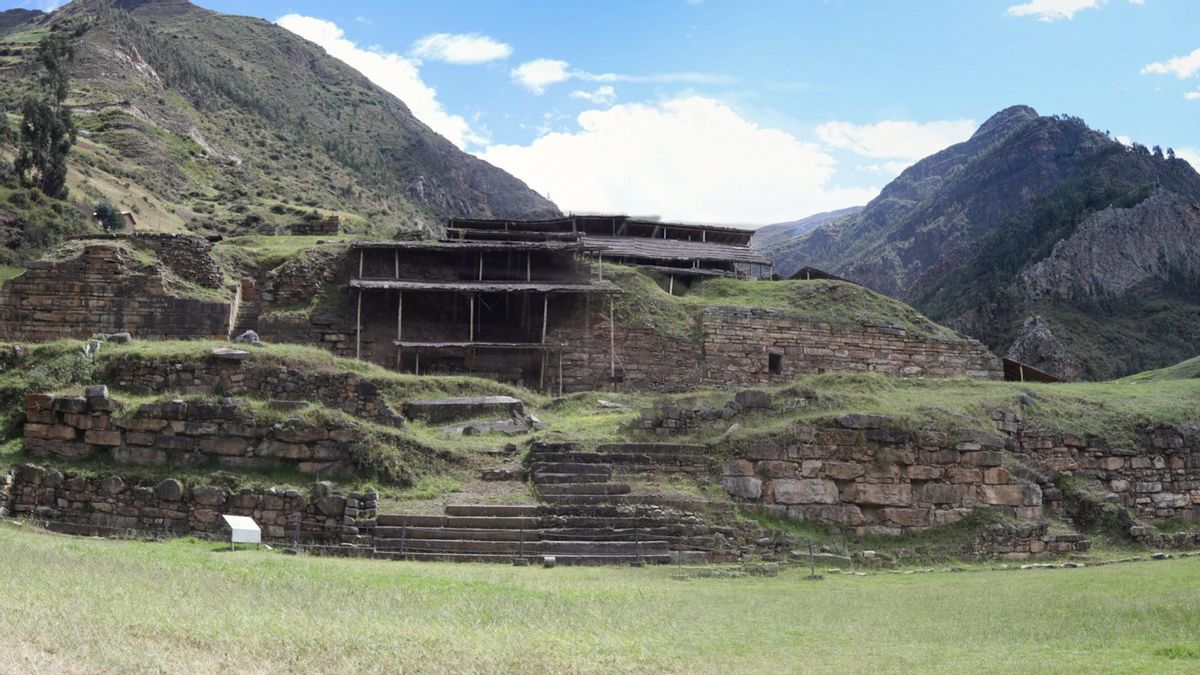JAKARTA - A team of archaeologists have discovered a network of passageways under a temple that is more than 3,000 years old in the Andes, Peru.
The Chavin de Huantar Temple, located in the north-central Andes, was once the religious and administrative center for people throughout the region.
The passageways were discovered earlier in May and have features believed to have been built earlier than the temple's maze gallery, according to John Rick, an archaeologist at Stanford University involved in the excavation.
Located 3,200 meters above sea level, at least 35 underground passages have been discovered over the years of excavation, all of which are connected to each other and built between 1,200 and 200 BC at the foot of the Andes Mountains.
"It's a hallway, but it's very different. It's a different form of construction. It has features from previous periods that we haven't seen in a hallway," Rick said.
VOIR éGALEMENT:
To note, Chavin de Huantar, declared a World Heritage Site in 1985, was the inspiration and name of the operation carried out when Peru's armed forces built a network of tunnels, to rescue 72 people held hostage by the Tupac Amaru Revolutionary Movement (MRTA) rebel group at the Ambassador's residence. Great Japanese in Lima, Peru in 1997.
The English, Chinese, Japanese, Arabic, and French versions are automatically generated by the AI. So there may still be inaccuracies in translating, please always see Indonesian as our main language. (system supported by DigitalSiber.id)













